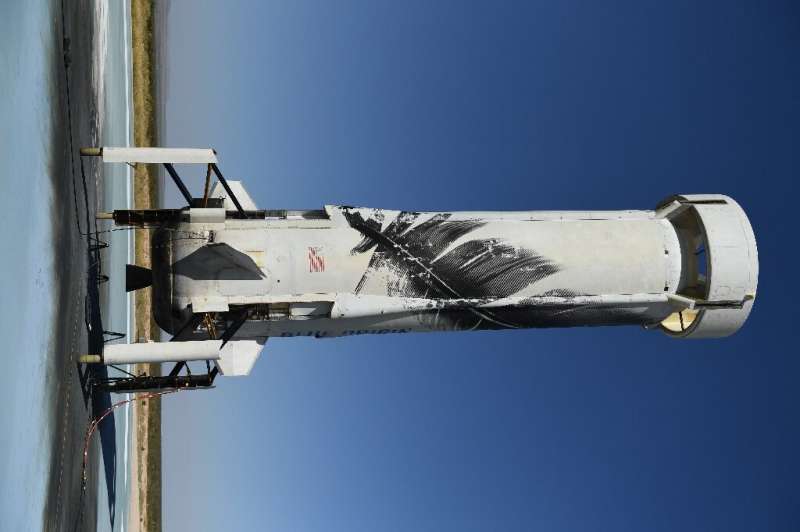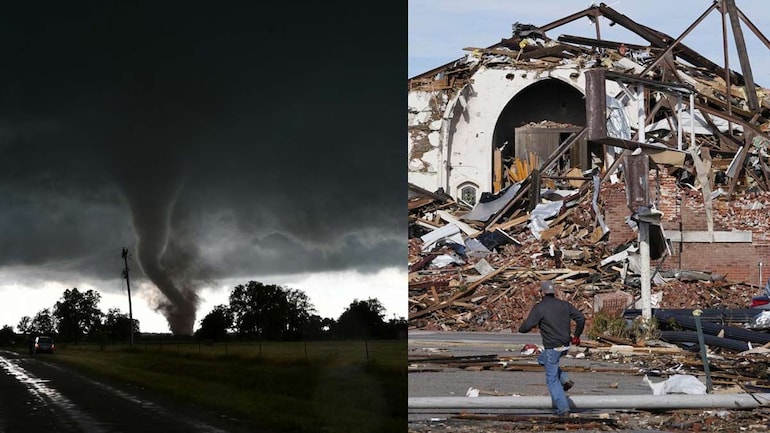Daughter of first American astronaut to launch on Blue Origin flight

Jeff Bezos' Blue Origin is set to blast its third private crew to space on Saturday, this time including the daughter of the first American astronaut.
The spaceflight will last roughly 11 minutes, launching from the company's base in Texas and soaring to just beyond the internationally-recognized boundary of space, 62 miles (100 kilometers) high.
The six-member crew will unbuckle and enjoy a few minutes' weightlessness before the spaceship returns to Earth for a gentle parachute landing in the desert.
The launch date was pushed back because of high winds, but is now set for 8:45 am local time (1445 GMT) on Saturday.
Laura Shepard Churchley, whose father Alan Shepard became the first American to travel to space in 1961, will be flying as a guest of Blue Origin.
The company's suborbital rocket is in fact named "New Shepard" in honor of the pioneering astronaut.
Michael Strahan, an American football Hall of Famer turned TV personality, is also a guest, while there are four paying customers: space industry executive and philanthropist Dylan Taylor, investor Evan Dick, Bess Ventures founder Lane Bess, and Cameron Bess.
Lane and Cameron Bess will become the first parent-child pair to fly in space. Ticket prices have not been disclosed.

"It's kind of fun for me to say an original Shepard will fly on the New Shepard," Shepard Churchley, who runs a foundation that promotes science and raises funds for college students, said in a video. "I'm very proud of my father's legacy."
Alan Shepard performed a 15-minute suborbital space flight on May 5, 1961, just under a month after the Soviet Union's Yuri Gagarin became the first human in space, orbiting the planet.
Shepard, who died in 1998, went on to be the fifth of twelve men to have set foot on the Moon.
Previous Blue Origin flights have flown the company's billionaire founder Bezos as well as Star Trek actor William Shatner to space.
Bezos, who made his fortune with Amazon envisages a future in which humanity disperses throughout the solar system, living and working in giant space colonies with artificial gravity.
This, he says, would leave Earth as a pristine tourism destination much like national parks today.
The year 2021 has been significant for the space tourism sector, with Virgin Galactic also flying its founder Richard Branson to the final frontier, and Elon Musk's SpaceX sending four private citizens on a three-day orbital mission for charity.
The industry's predicted growth means that, starting from next year, the Federal Aviation Administration (FAA) said Friday it will stop awarding astronaut wings badges to commercial space travelers, though it will continue to recognize them on its website.
"The Astronaut Wings program, created in 2004, served its original purpose to bring additional attention to this exciting endeavor," said FAA Associate Administrator Wayne Monteith, in a statement.
© 2021 AFP





















